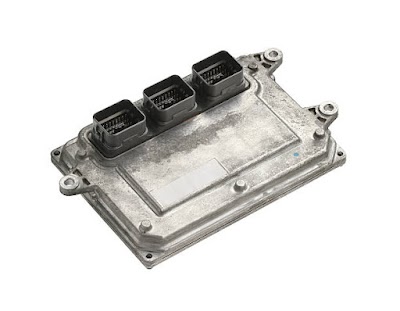The Toyota Corolla: A Reliable Companion on the Road Engine Options
The Toyota Corolla: A Reliable Companion on the Road
Engine Options:
The Toyota Corolla offers a range of engine choices, catering to various driver preferences. Among these options, the 1.8-liter four-cylinder engine is a popular choice, celebrated for its harmonious blend of power and fuel efficiency. Renowned for its reliability, this engine provides ample horsepower for daily driving while maintaining an economical fuel consumption.Advanced Systems:
One of the standout features of the Corolla is its integration of advanced systems. The inclusion of Toyota Safety Sense is a testament to the brand's commitment to safety. This suite encompasses adaptive cruise control, lane departure warning with steering assistance, and stability control, enhancing driver confidence and enhancing road safety.Advantages:
- Reliability: The Corolla is renowned for its exceptional reliability, making it a long-term and dependable choice.
- Fuel Efficiency: It offers excellent fuel economy, helping owners save on fuel costs over time.
- Comfortable Cabin: The Corolla provides a comfortable interior with quality materials, enhancing the overall driving experience.
- Safety Systems: It comes equipped with advanced safety systems like stability control and braking assistance, enhancing road safety.
Disadvantages:
- Performance: While reliable and fuel-efficient, the Corolla may lack the sporty performance found in some competitors.
- Interior Space: Rear-seat space may feel somewhat limited, especially for taller passengers.
- Engine Power: Some drivers may find the 1.8-liter engine less powerful compared to rivals.
- Design: The overall design of the Corolla may not be as visually striking as some other cars in its class.
Price Range:
The pricing of the Toyota Corolla varies depending on the model and trim level. Base models are often more prevalent and serve as an affordable entry point into the Corolla lineup. Those seeking additional features, technology, and premium finishes can opt for higher trim levels, which come at a higher price point but offer added value.Base Model (Toyota Corolla L): The starting price for the base model Corolla typically ranged from approximately $20,025 to $20,925.
Mid-Range Models (e.g., Toyota Corolla LE and Toyota Corolla XLE): These models often fell within the range of approximately $21,420 to $24,525.
High-End Models (e.g., Toyota Corolla XSE and Toyota Corolla SE Nightshade Edition): The high-end models could range from about $24,755 to $26,725 or more, depending on additional features and options.
Hybrid Models: Toyota also offers hybrid versions of the Corolla, which tend to be priced slightly higher. Prices for these models could start at around $23,995 and go up from there.
Manufacturer's Reputation:
Toyota, the manufacturer of the Corolla, enjoys a sterling reputation in the automotive industry. Known for its commitment to quality and customer satisfaction, Toyota has consistently delivered reliable and long-lasting vehicles. The extensive dealership network ensures that Corolla owners have access to professional service and support, cementing Toyota's esteemed standing.Conclusion:
In conclusion, the Toyota Corolla is a reliable and practical option in the compact sedan segment. With its diverse engine options, advanced safety systems, and overall value, the vehicle remains an attractive choice for a wide range of consumers. Although it may not be the most fun car to drive, it excels in terms of reliability, fuel efficiency, and long-term dependability. Toyota's outstanding reputation reinforces Corolla's position as a trusted companion on the road.










